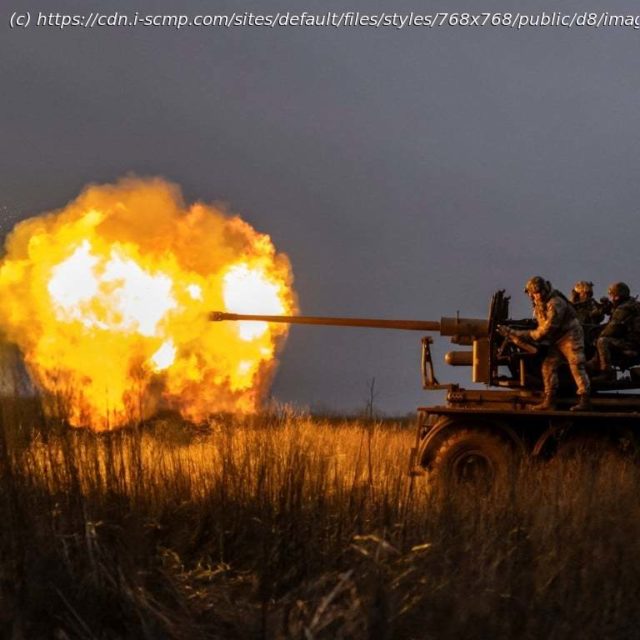Such secondary sanctions against institutions that facilitate deals through which Moscow supplies its war machine are a powerful but risky tool.
The US is rolling out the threat of secondary sanctions in a fresh bid to deny Russia the money and goods it needs to wage war in Ukraine, turning to a tool that is powerful – but also risky.
In a statement just before the Christmas holiday, the US Treasury Department announced that it would use secondary sanctions against banks that facilitate deals in which Russia procures semiconductors, ball bearings and other equipment necessary for its war machine – even if they are not aware they are doing so.
That is a major expansion of US authorities in the battle against President Vladimir Putin, whose forces show little sign of giving up territory in Ukraine’s east.
In the nearly two years since the Russian invasion, the US has imposed hundreds of financial sanctions, but it had not taken the next step, targeting the banks or other financial institutions that came into contact with those sanctioned entities.
There was reason for the caution. Making that move – imposing secondary sanctions – is controversial because the potential impact is hard to predict. Wary of running afoul of the rules, banks might abandon entire sectors even if they are not sanctioned. And even some allies consider secondary sanctions to be an overreach of US authority.
“This is a huge move, but I think Treasury’s going to have to be very cautious and careful about how it uses this tool because of potential unintended consequences,” said Kim Donovan, a former Treasury official now at the Atlantic Council.
Start
United States
USA — Financial Ukraine war: US Treasury drafts banks in fight against Russia with new...






